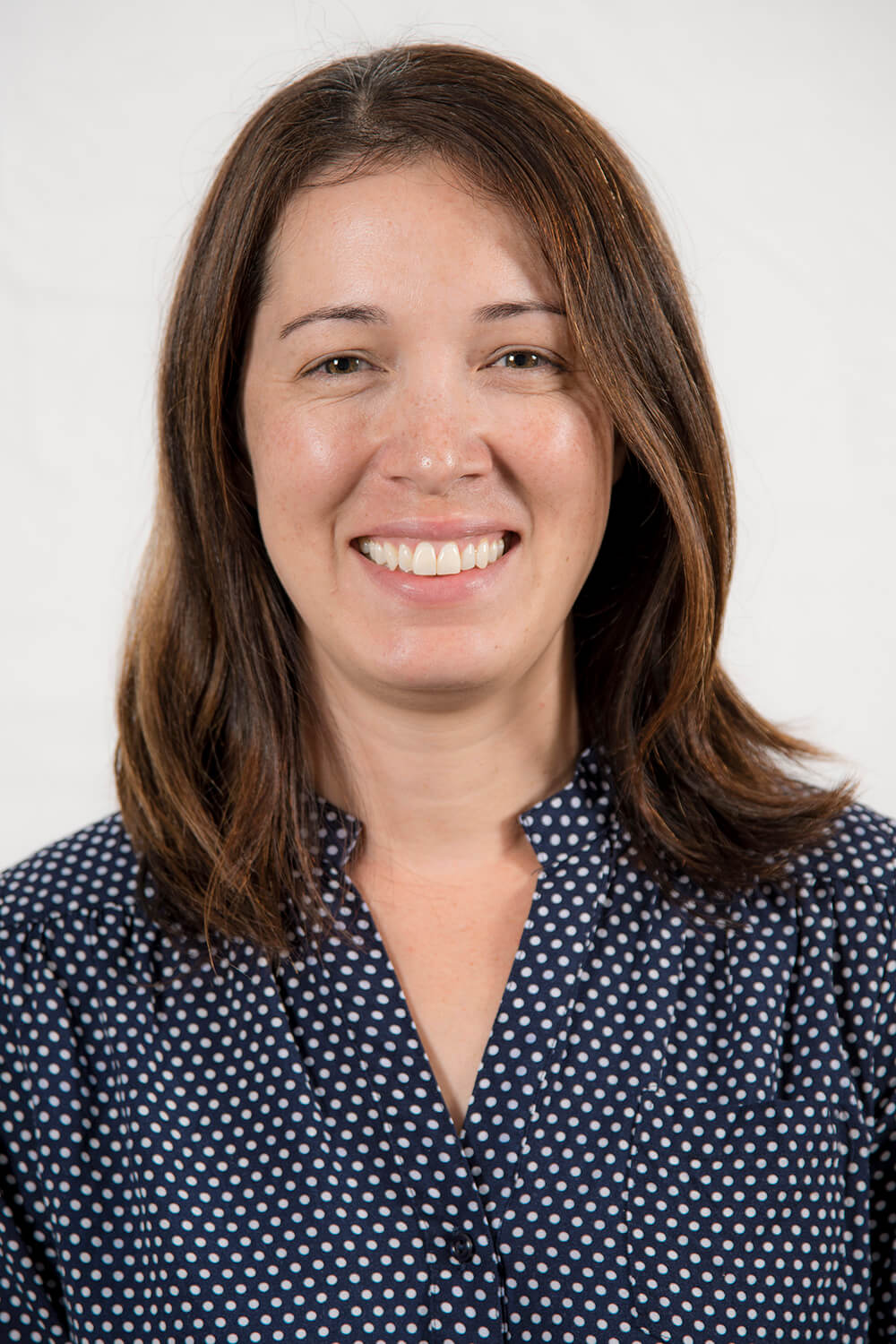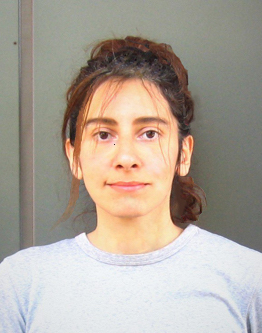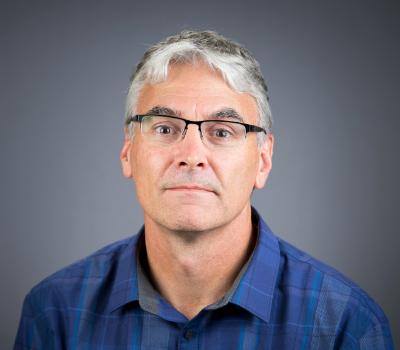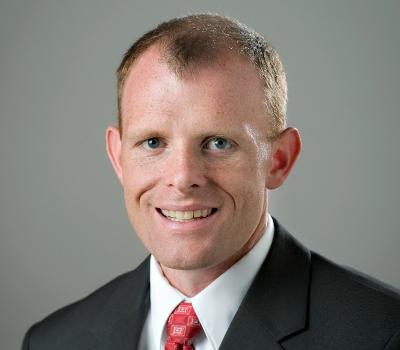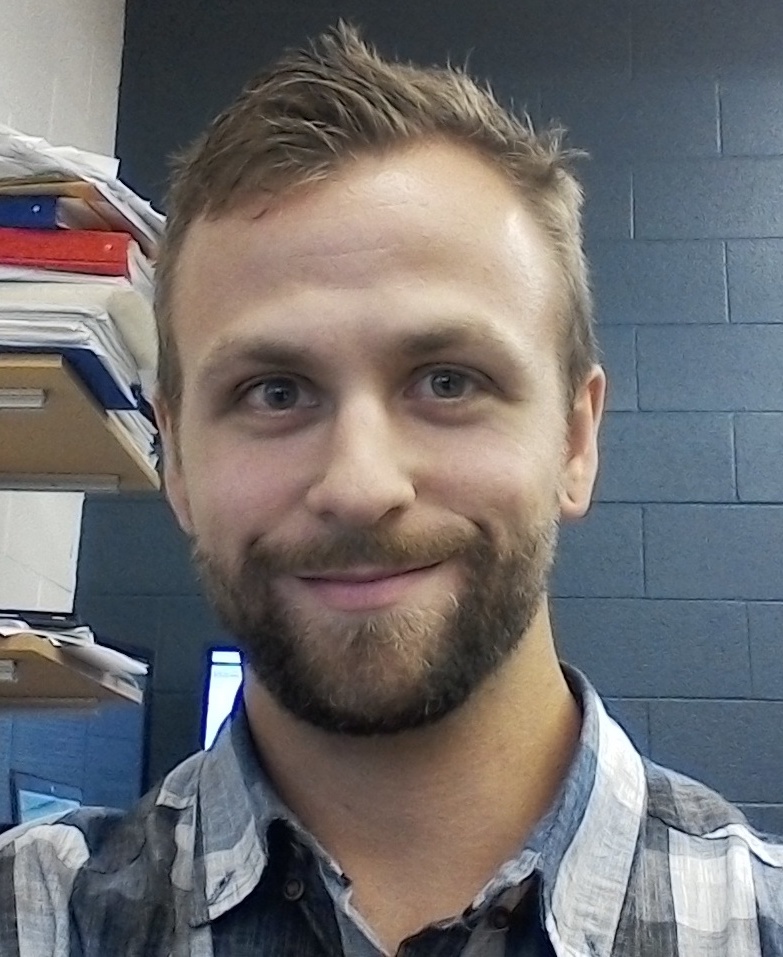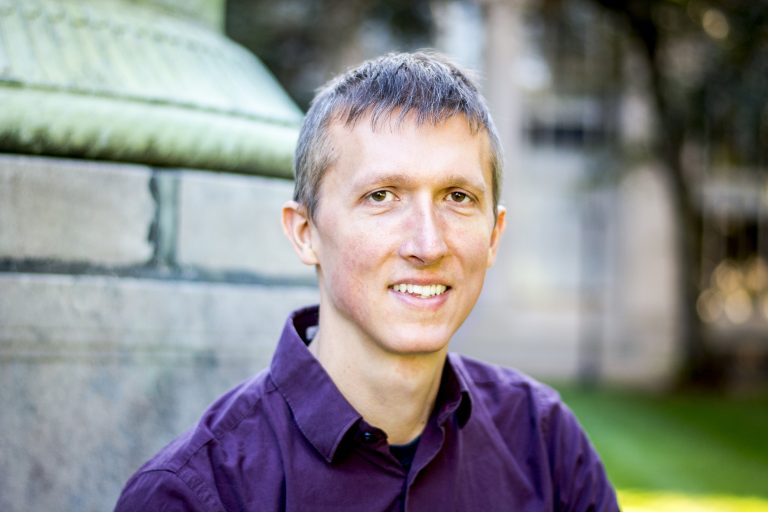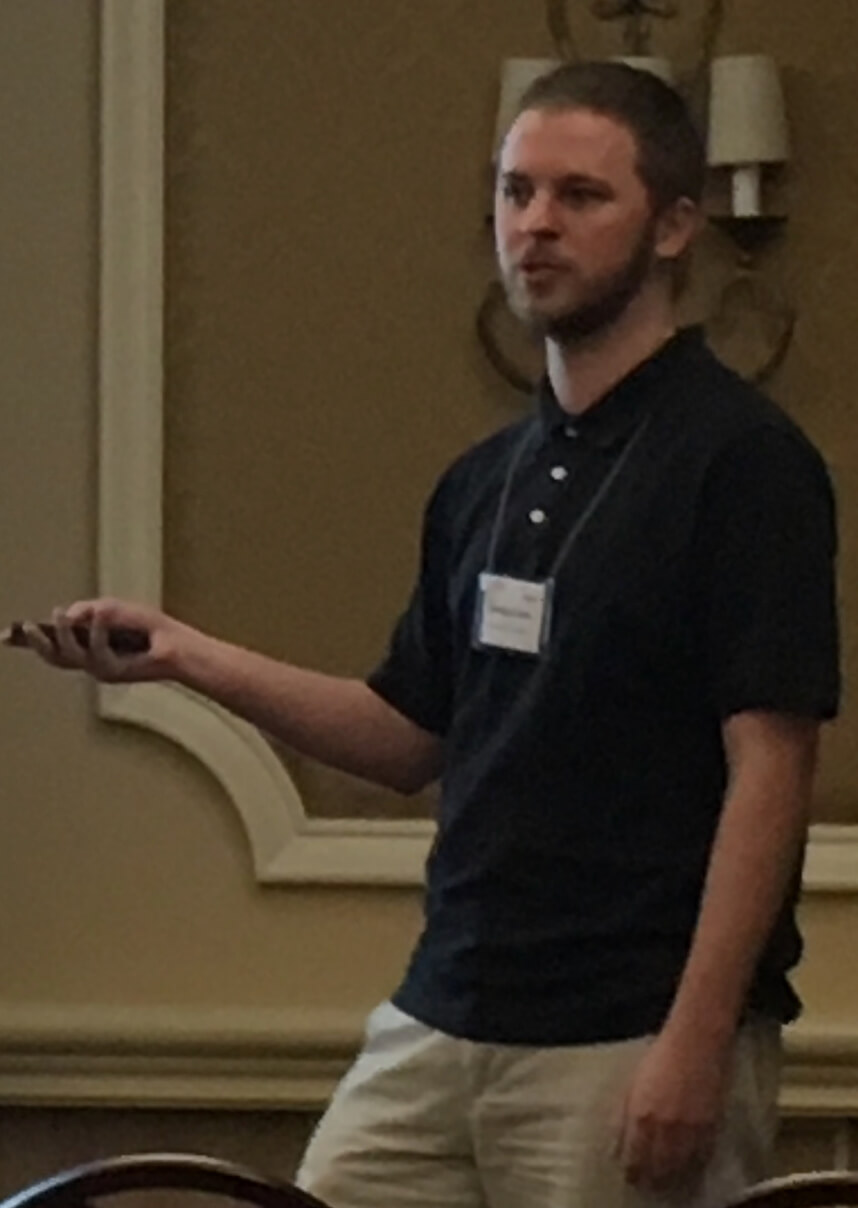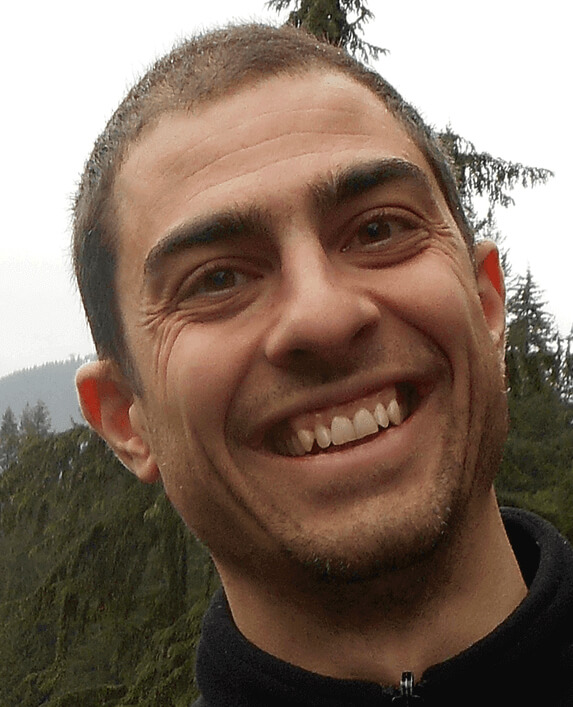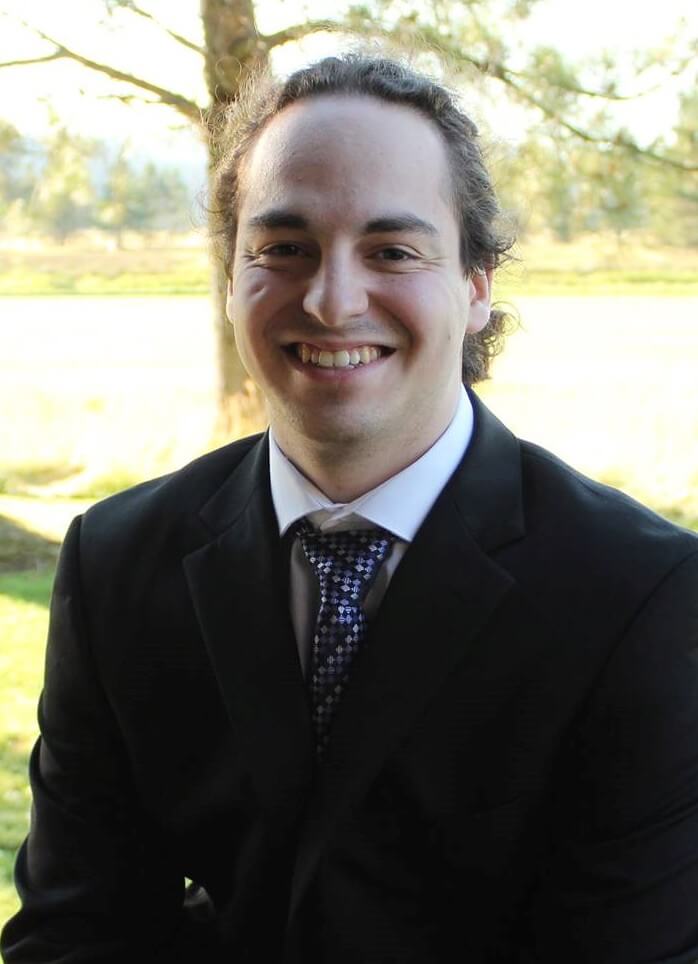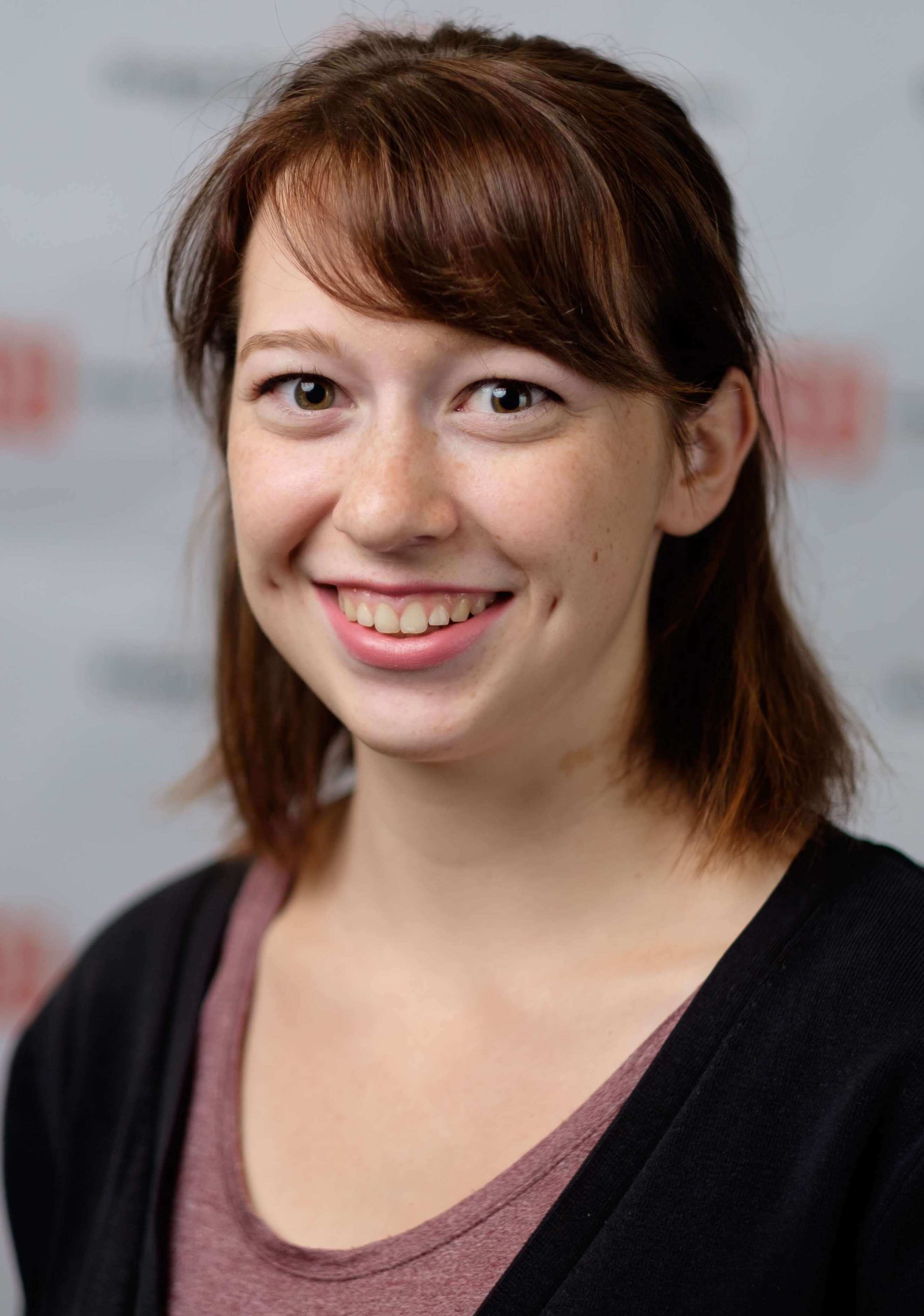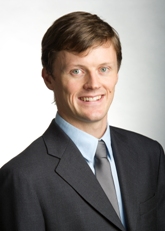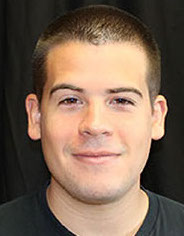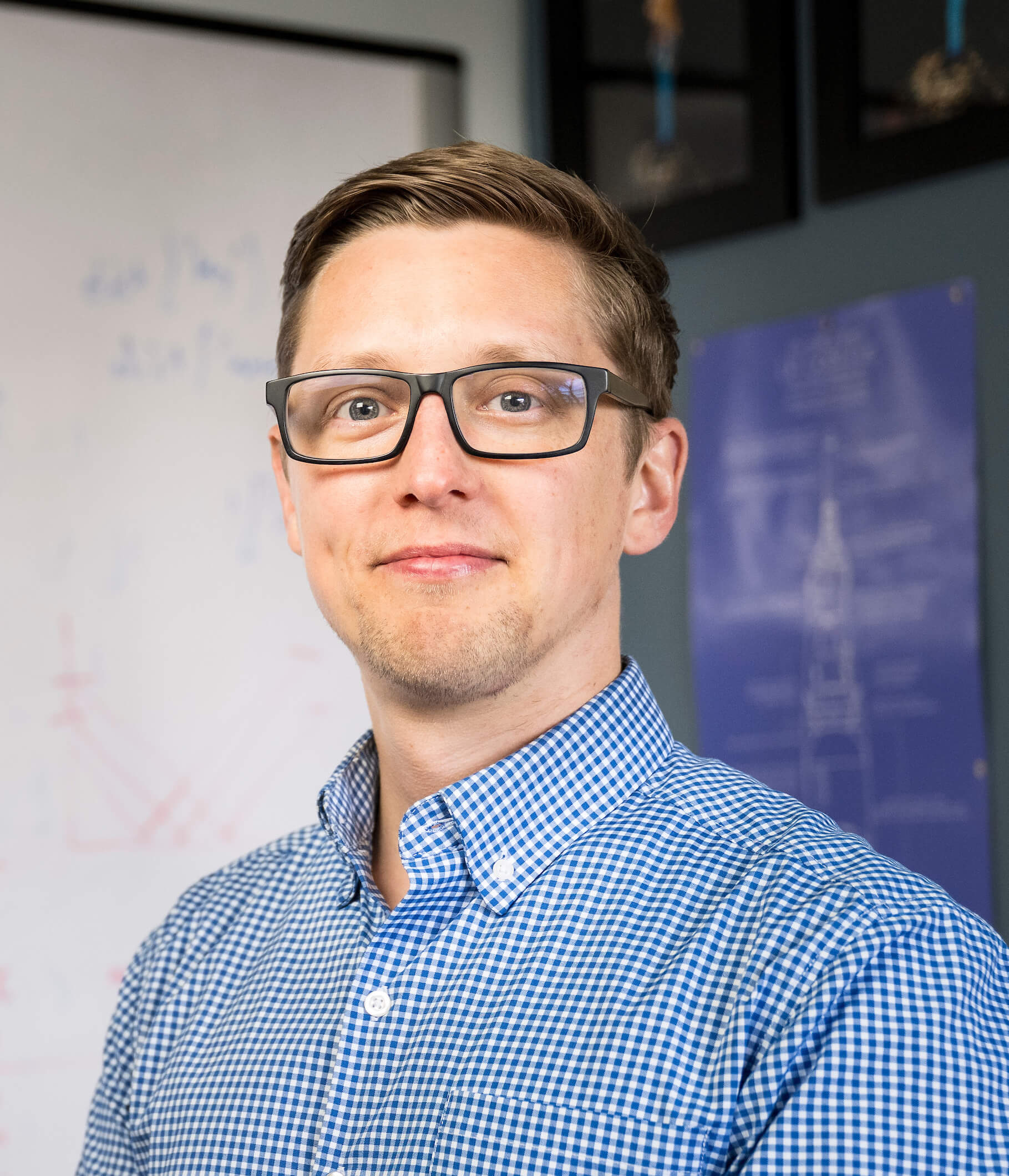
Kyle E. Niemeyer, Ph.D.
I am recruiting one Ph.D. student and one postdoc to work on funded positions starting as soon as 15 September 2025, but open until filled. Please see the descriptions on the Lab page.
I am a computational engineering researcher, using numerical methods and high-performance computing to study physical problems in energy, transportation, and aerospace.
I work with a diverse and exciting group of students on these topics; publishing in combustion, energy, and computational physics communities; and then presenting and teaching our work in the world. Our current projects are enabled by my active grants.
We study mainly fluid dynamics phenomena using computer simulations, particularly fluid flows involving chemical reactions such as combustion. Our work extends from analyzing and simplifying chemical kinetic reaction models for transportation fuels, to developing surrogate models for predicting properties of fuels and chemicals, and even to computationally expensive, direct numerical simulations of turbulent combustion. We develop and apply methods to simulate combustion and other fluid-flow problems, including in wildfires and the ocean. We also write a lot of code!
Want to do research with me? Read about my lab.
Contributions 🔗
My lab and I have made many contributions since since I started doing research in 2008. Here are some of the highlights from our work. How I describe these is always evolving as we learn more.
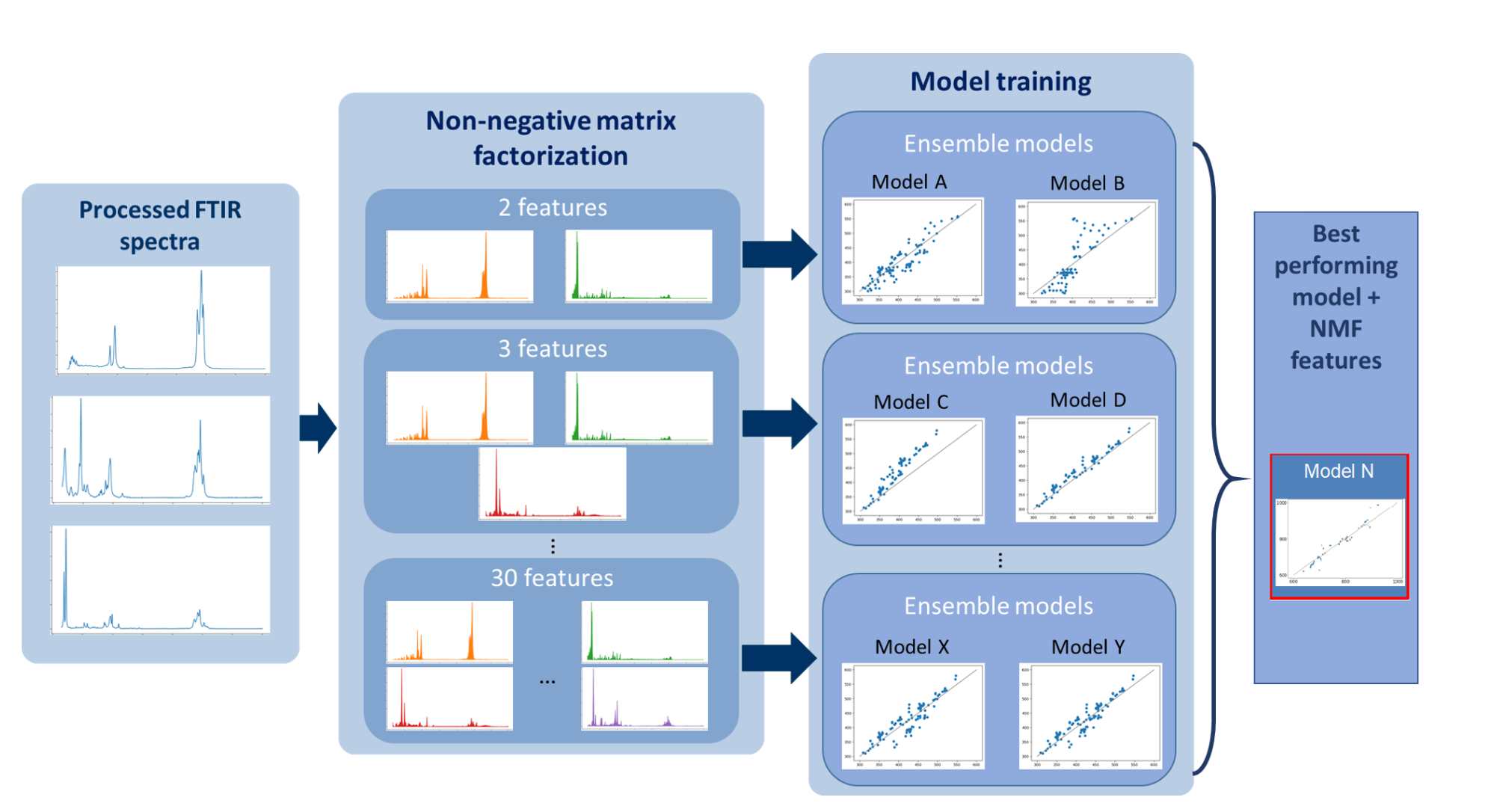
But this requires carefully selecting features when training the models.
feedstock to functionmachine learningsustainable aviation fuels 📄papers
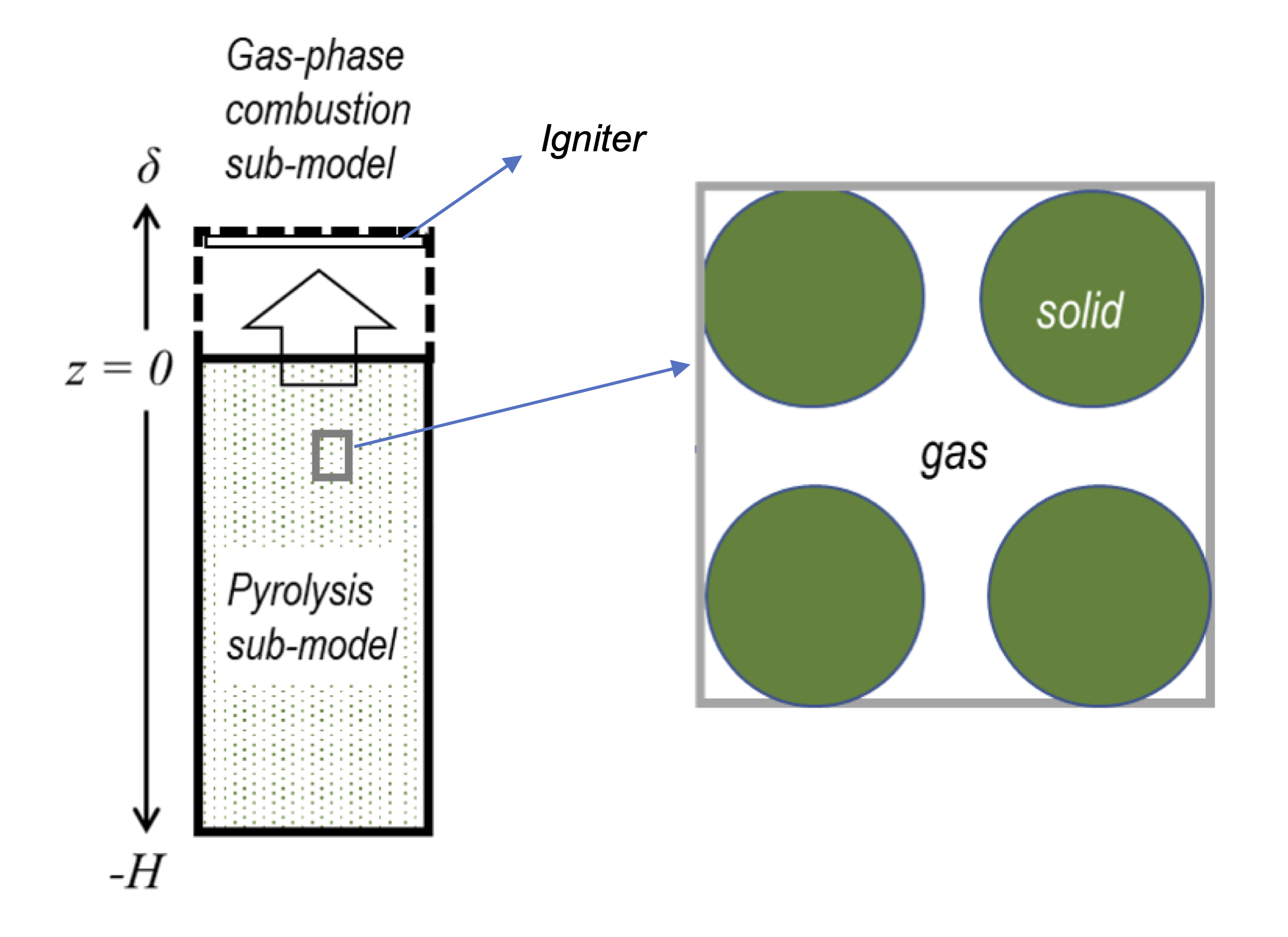
Models for live vegetative fuels (like trees and shrubs) need to include smaller components like sugars, lipids, proteins, phenols, and minerals, and not just moisture content.
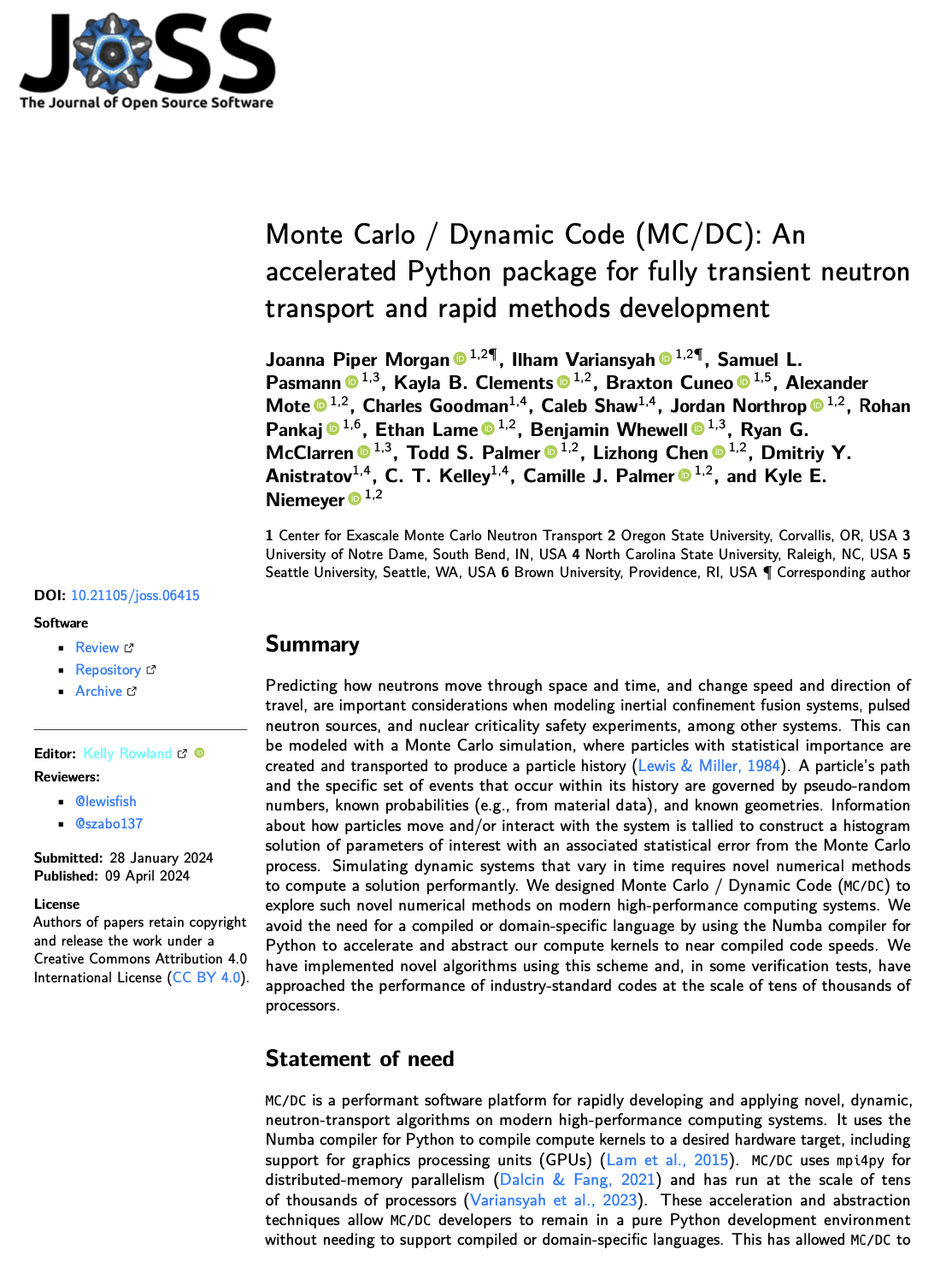
Unlike most traditional compiled codes, this approach allows portable performance on modern architectures.
Monte Carloneutron transportnuclear reactorsexascale 📄papers
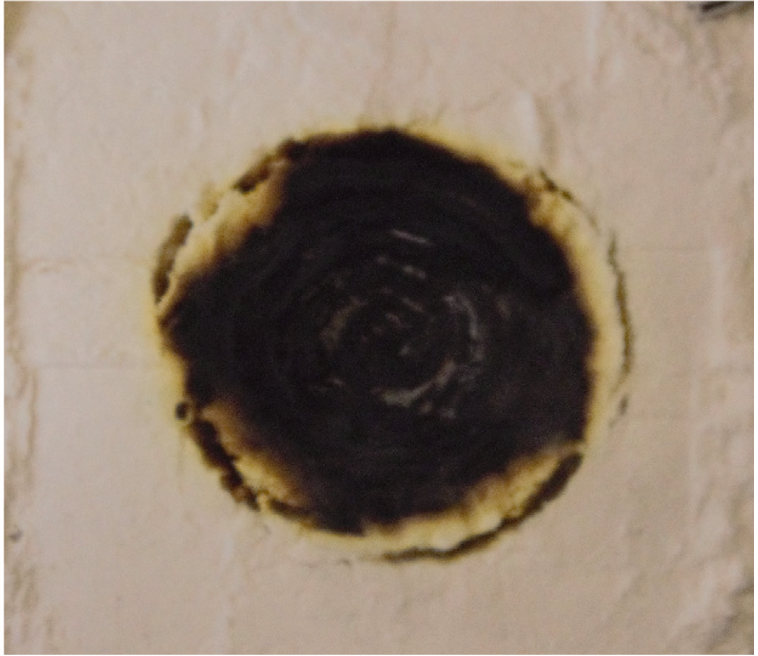
Varying fuel composition in terms of cellulose, hemicellulose, and lignin proportions can noticeably change smoldering behavior, including critical moisture content.
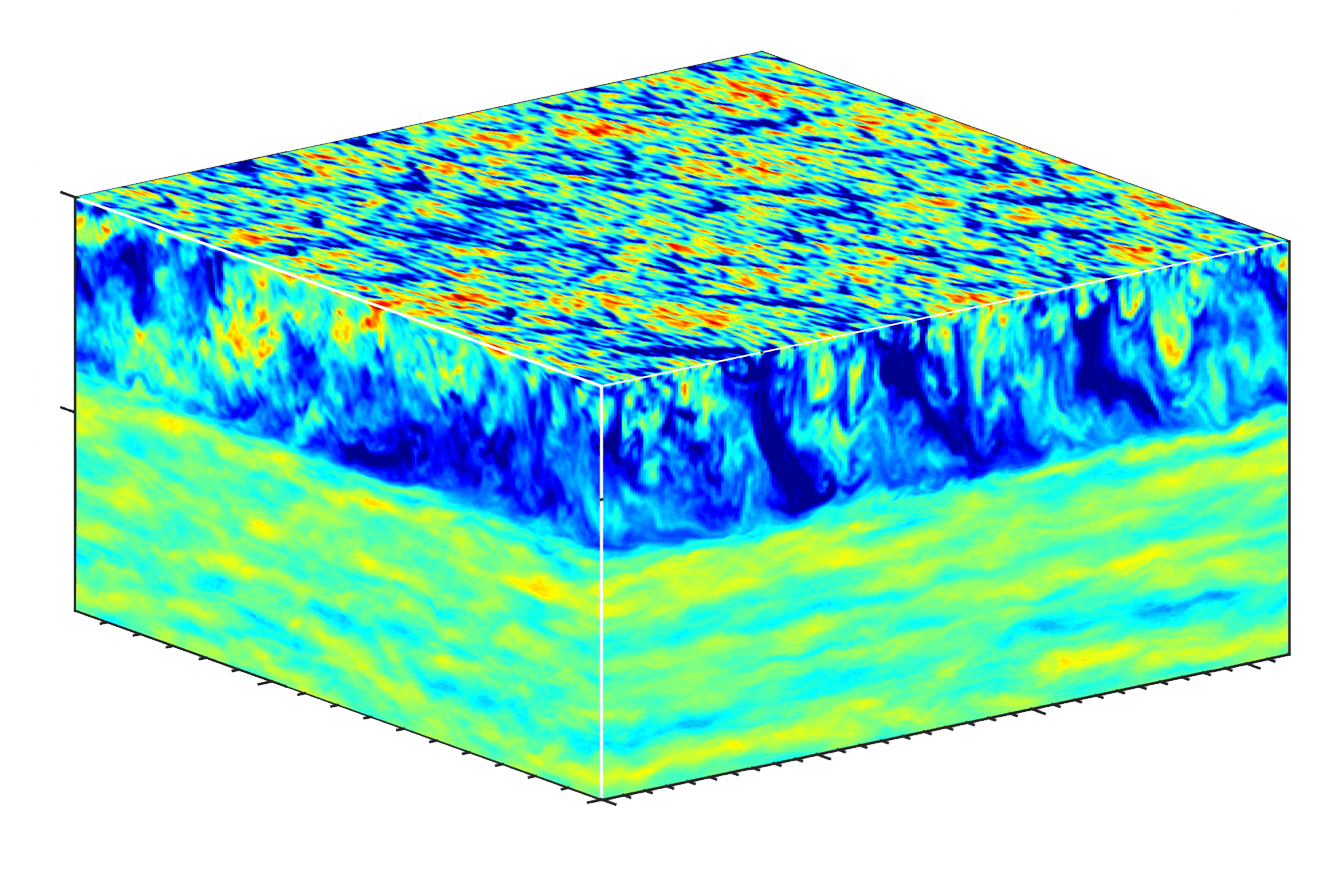
Simulating the interaction between Langmuir turbulence and ocean biogeochemistry requires applying model reduction methods from combustion.
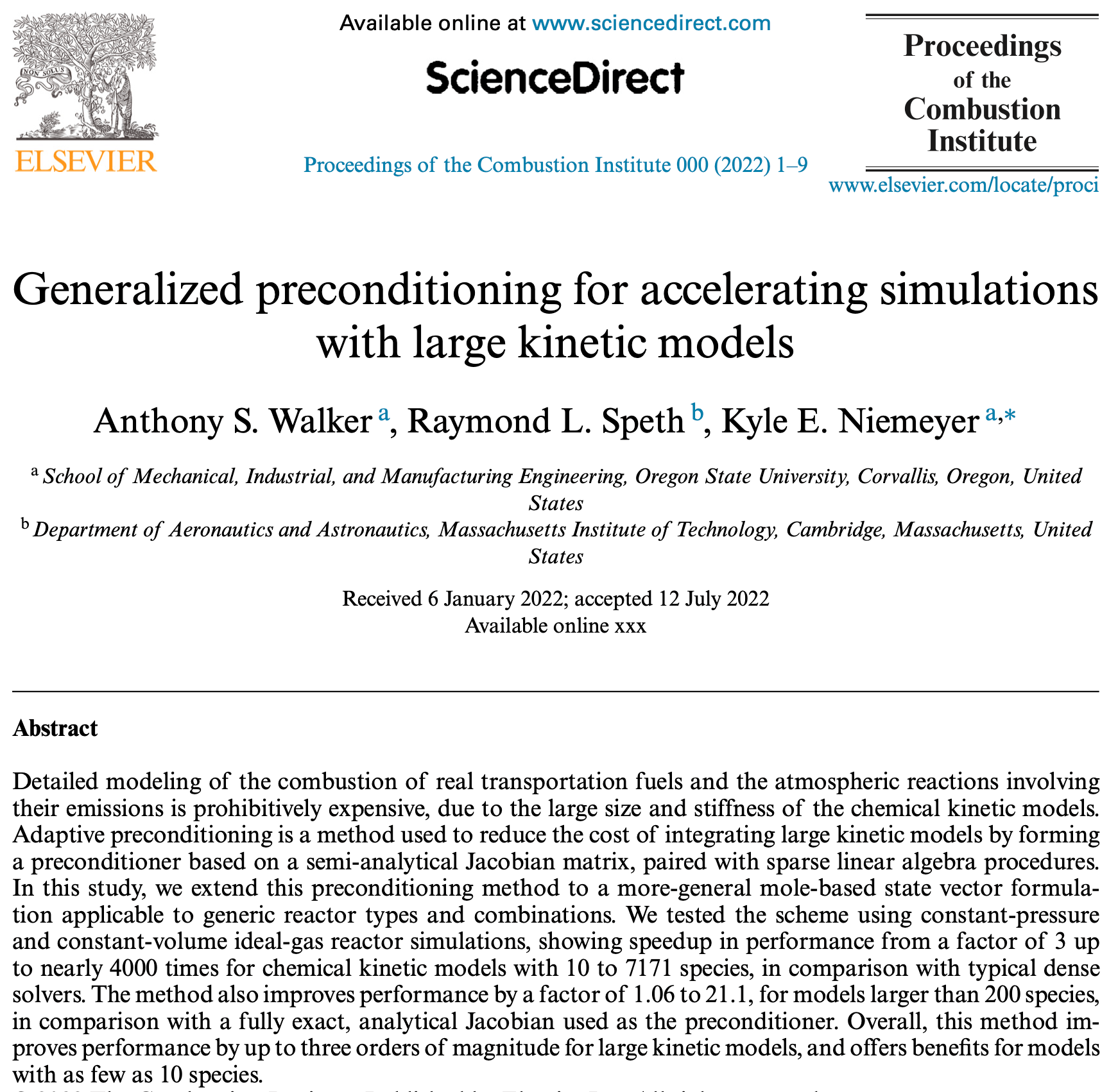
Implemented in the open-source library Cantera, benefits appear for even very small models, and we see performance gains of up to 1000 times for large models.
ODEschemical kineticslinear algebraCanteraintegrators 📄papers
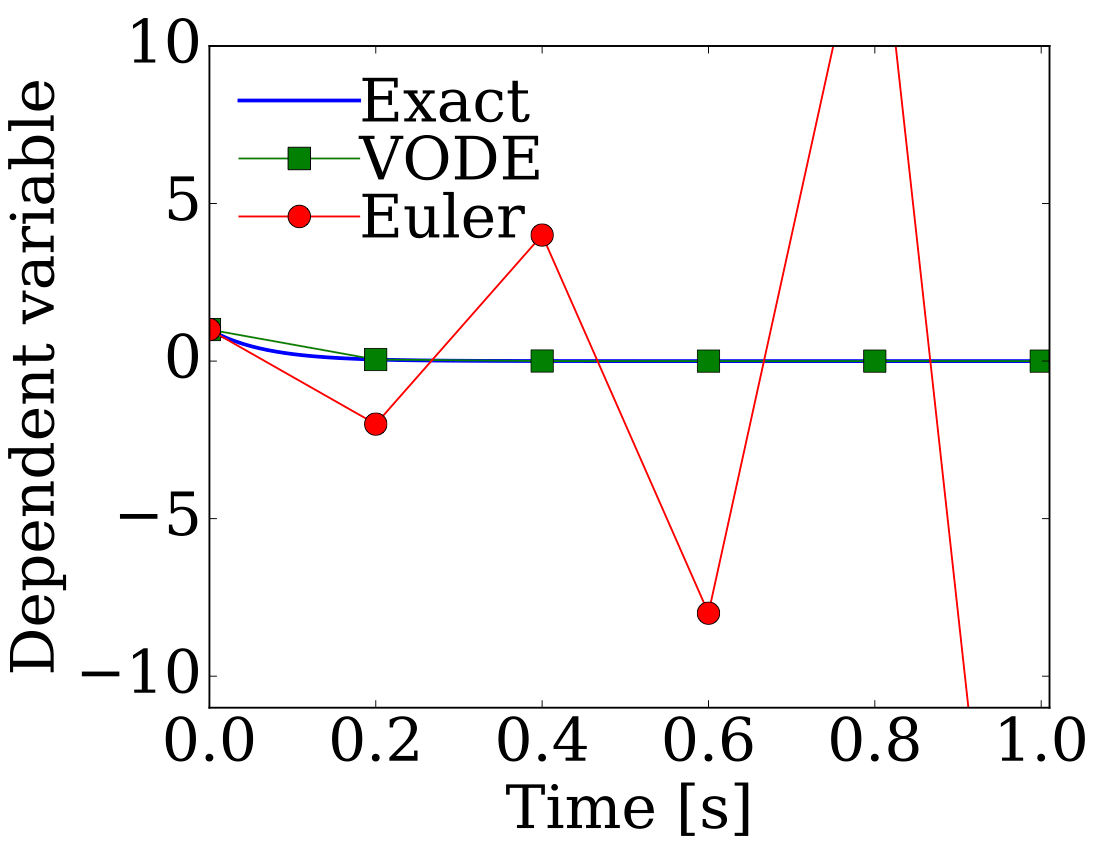
Particular algorithms parallelize more efficiently on GPUs.

This is true even for larger hydrocarbon fuels; fortunately, our efficient algorithm for implementing the accurate multicomponent diffusion model enables its use.
diffusionturbulent flamesnumerical methodsdirect numerical simulation 📄papers
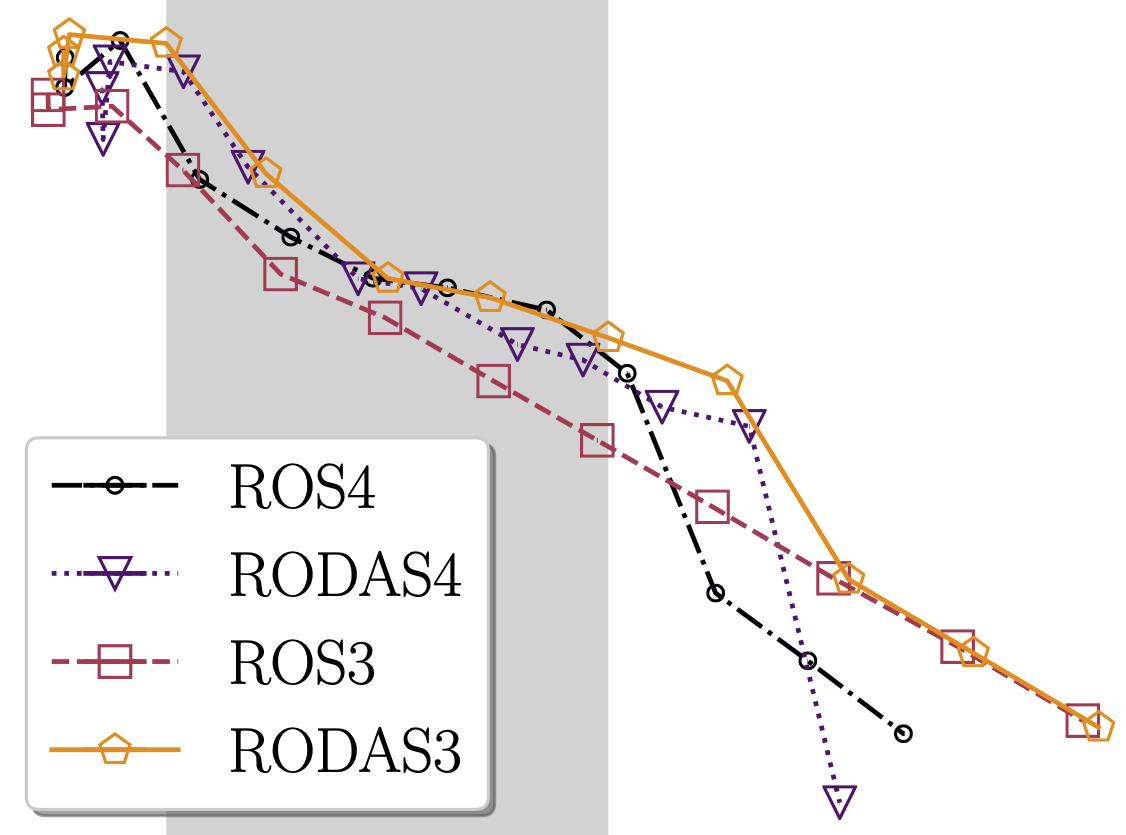
But it requires careful selection of integration algorithm, and may lead to new load-balancing issues.
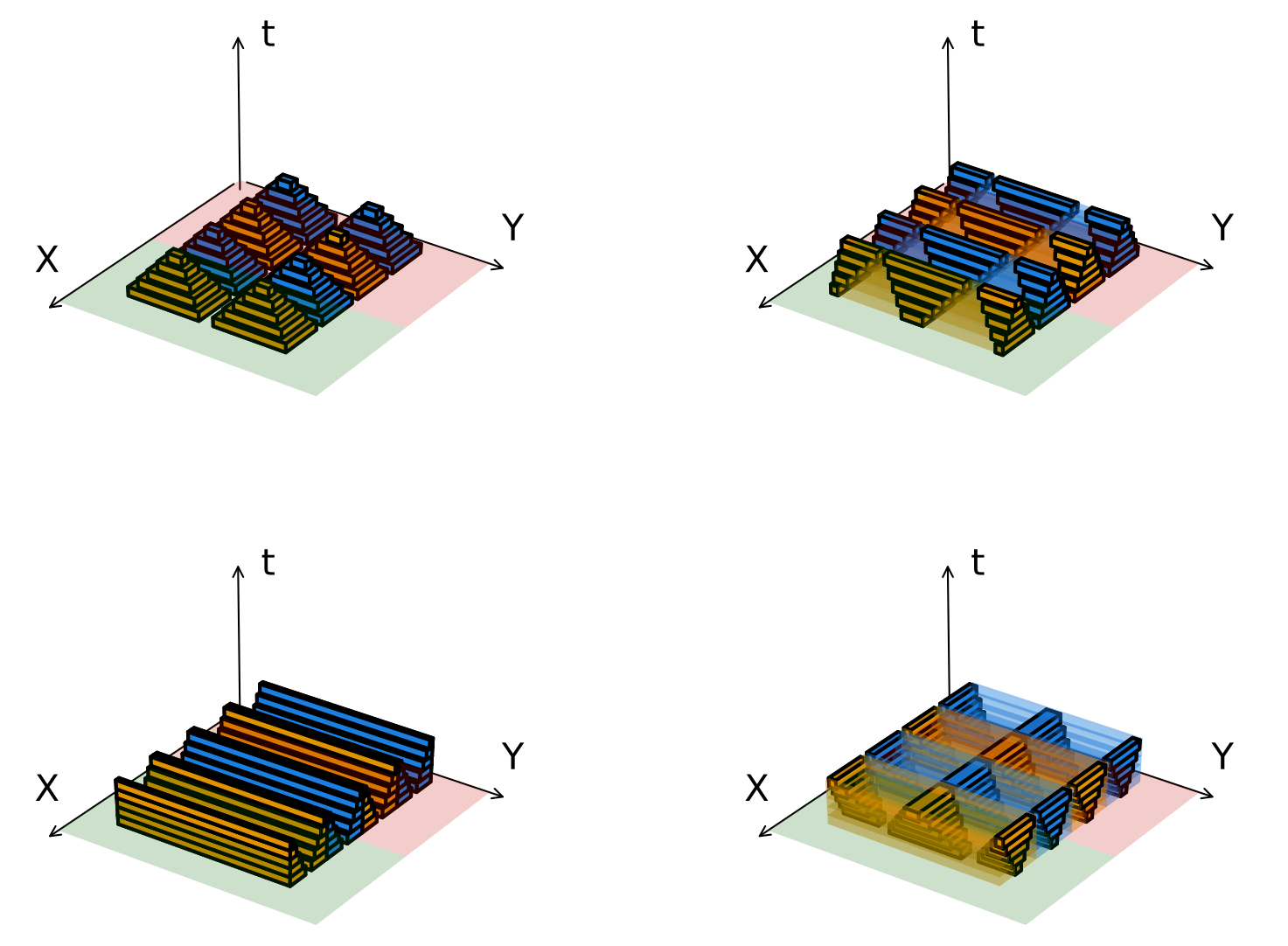
Getting a performance benefit in heterogeneous combinations of CPU and GPU systems depends strongly on configuration details and you can see drops in performance instead.
domain decompositioncomputational fluid dynamicsGPUsswept rule 📄papers

But algorithms need to be adapted to handle the unique characteristics of different systems, such as non-elementary reactions.
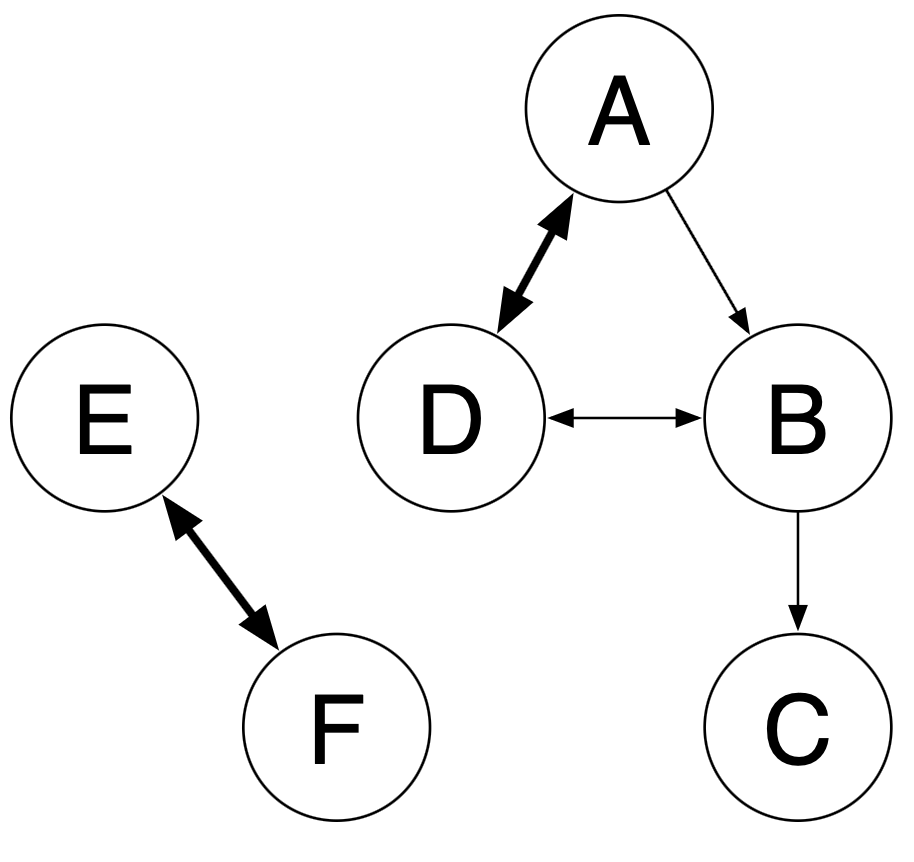
We can significantly reduce the size and complexity of detailed kinetic models, but only so far, before removing components introduces unacceptable error.
model reductionchemical kineticsreduction algorithms 📄papers
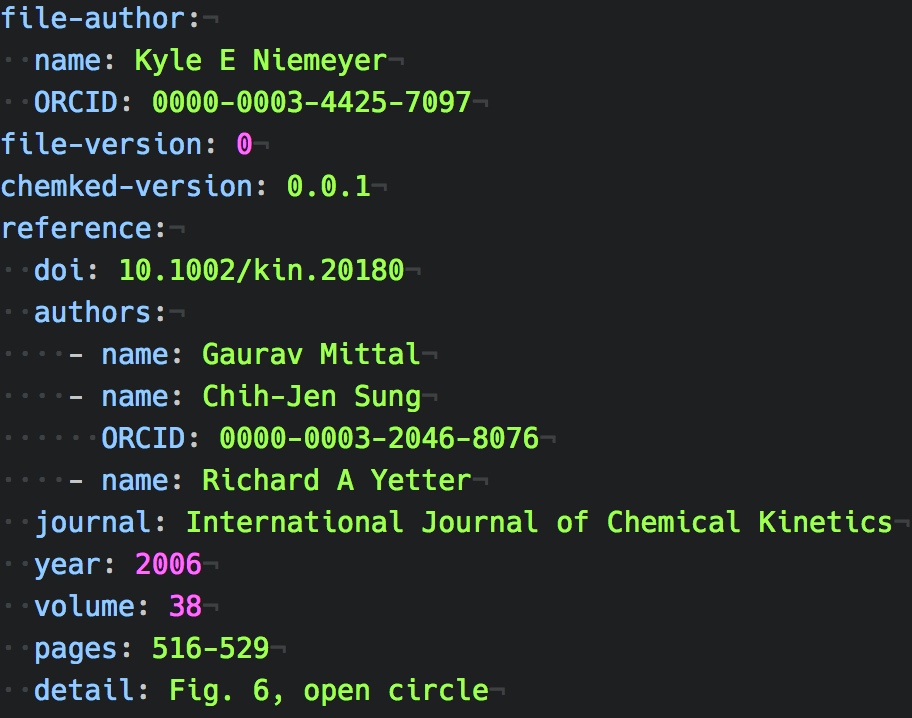
The ChemKED format allows describing fundamental experiments in combustion in a human- and machine-readable way, including descriptions of uncertainty.
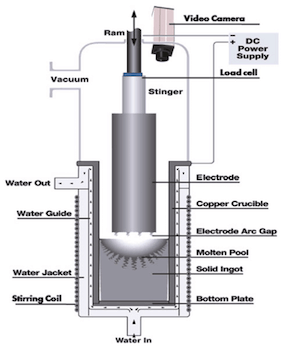
Vertical misalignment can increase error, which adding multiple sensors can counteract.
manufacturingvacuum arc remeltingfinite element analysis 📄papers
 Last updated 9/18/2025. To the extent
possible under law, Kyle E. Niemeyer has waived all copyright and related or neighboring rights to the design
and implementation of Kyle's faculty site. This work is
published from the United States. See this site's GitHub repository to view source and provide feedback.
Last updated 9/18/2025. To the extent
possible under law, Kyle E. Niemeyer has waived all copyright and related or neighboring rights to the design
and implementation of Kyle's faculty site. This work is
published from the United States. See this site's GitHub repository to view source and provide feedback.
